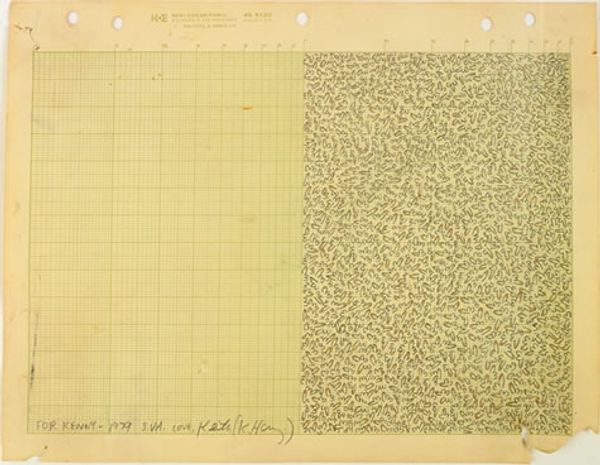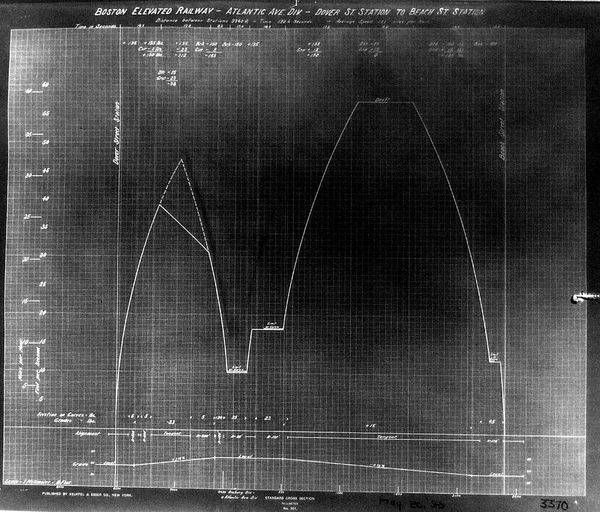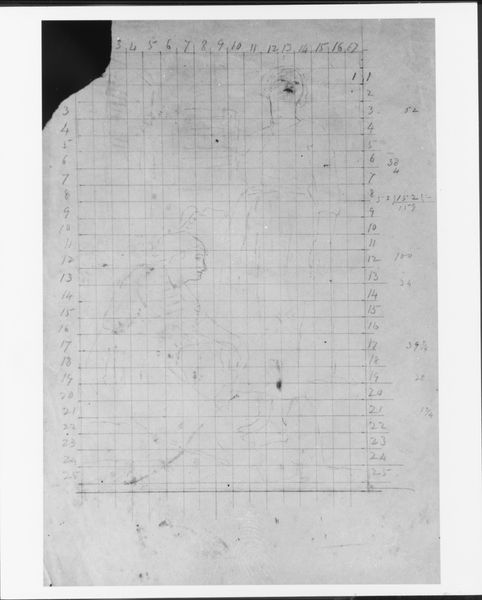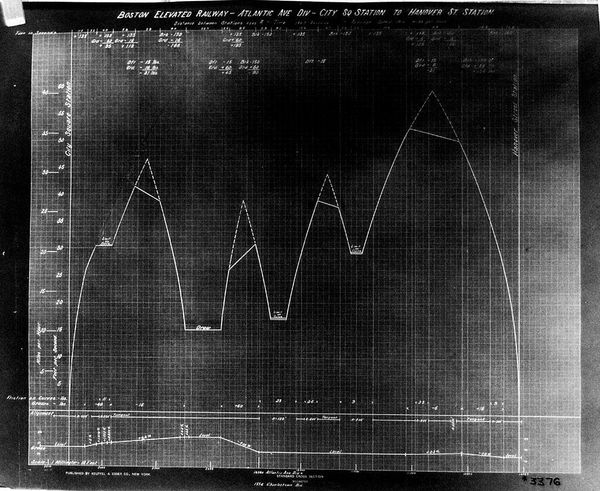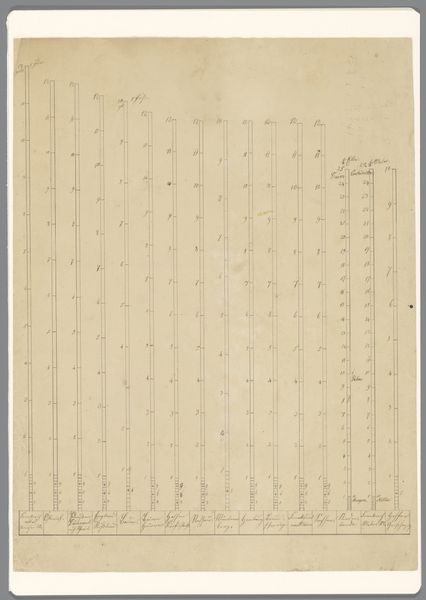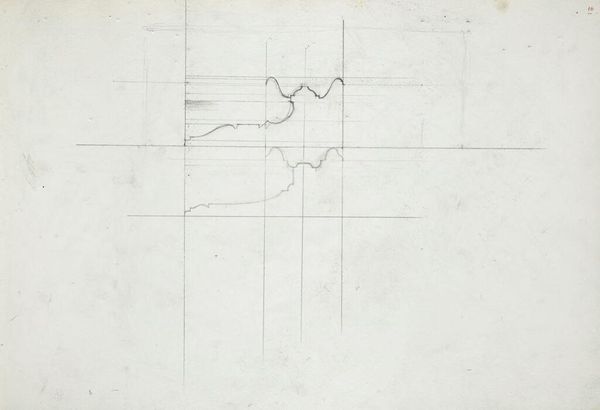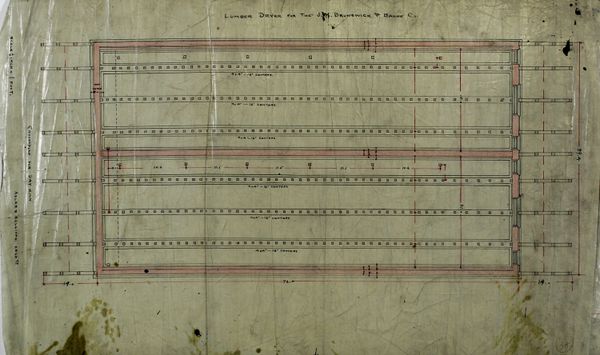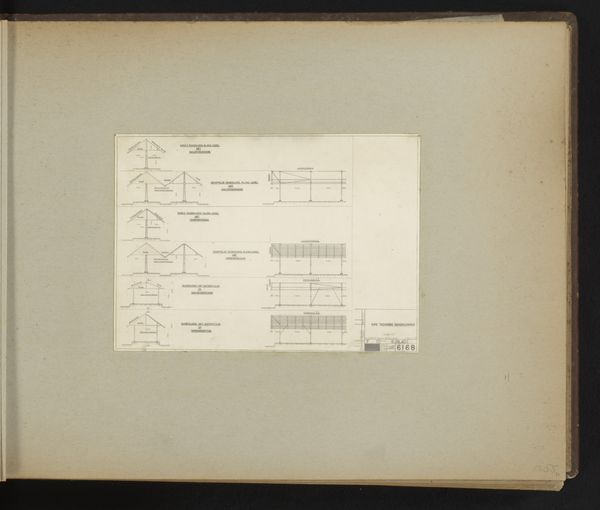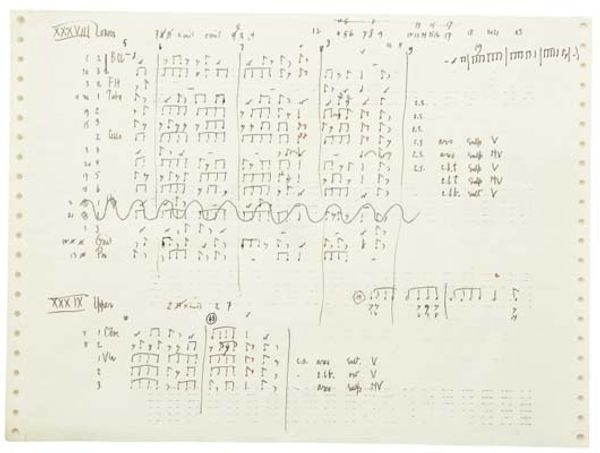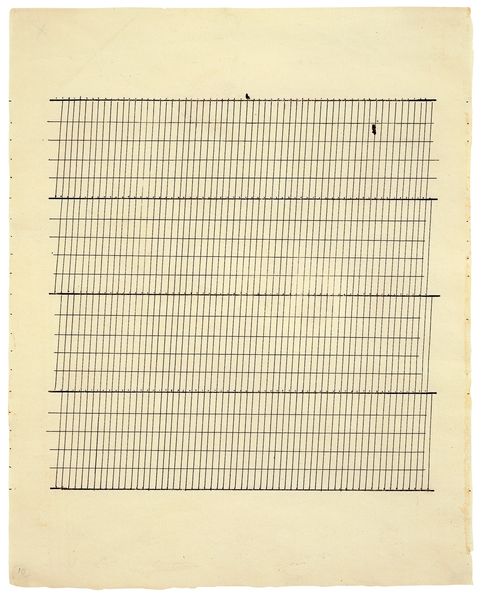
drawing, paper, serial-art, ink, graphite
#
drawing
#
conceptual-art
#
ink paper printed
#
paper
#
serial-art
#
ink
#
geometric
#
black-mountain-college
#
graphite
#
modernism
Dimensions: sheet: 27.9 x 41.9 cm (11 x 16 1/2 in.) mount: 30.5 x 43.2 cm (12 x 17 in.)
Copyright: National Gallery of Art: CC0 1.0
Editor: Here we have John Cage's "Music for Carillon #4, Page 1" from 1961, rendered in ink and graphite on paper. It's quite fascinating—at first glance, it resembles a celestial chart. What strikes me is its methodical yet somehow dreamlike quality. What do you see in this piece? Curator: It sings, doesn't it? This work is like a portal into Cage's fascinating mind, where sound and chance pirouette together. For me, the grid represents not just structure, but also a field of possibilities. Each little mark, carefully placed, hints at a note, a duration, a silence, waiting to be discovered. Does it evoke a sense of stillness, almost? Editor: Definitely stillness, but also anticipation. Like something's about to happen. All those little dots feel like pent-up energy. Curator: Ah, precisely! Consider that Cage was deeply influenced by Zen Buddhism, which emphasizes the beauty of impermanence. These aren’t definitive statements, but rather suggestions, nudges. If we were to actually hear this music, how do you imagine it sounding? Perhaps random, maybe dissonant? Editor: Probably! And it would be different every single time, which is cool. Curator: Exactly! Cage embraced indeterminacy, challenging the traditional role of the composer as the ultimate authority. It's an invitation to the listener – you and me – to actively participate in the creation of meaning. What could be more magical than that? Editor: It's really liberating, in a way. Seeing this makes me rethink what art – and music – can be. Curator: Me too. And isn't that the greatest gift art can offer: to nudge us beyond the familiar, to dance with the unknown, and to celebrate the music of silence.
Comments
No comments
Be the first to comment and join the conversation on the ultimate creative platform.
